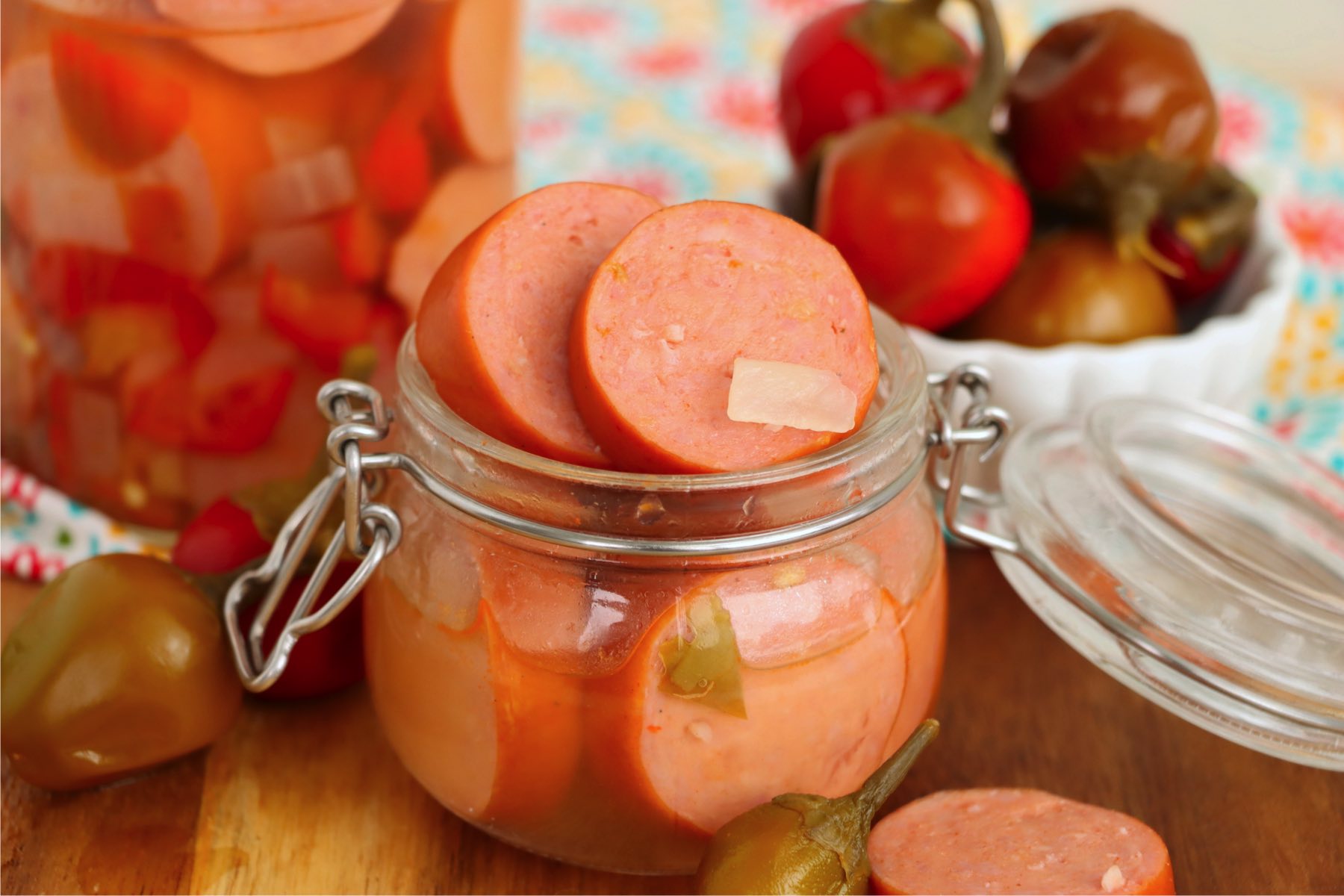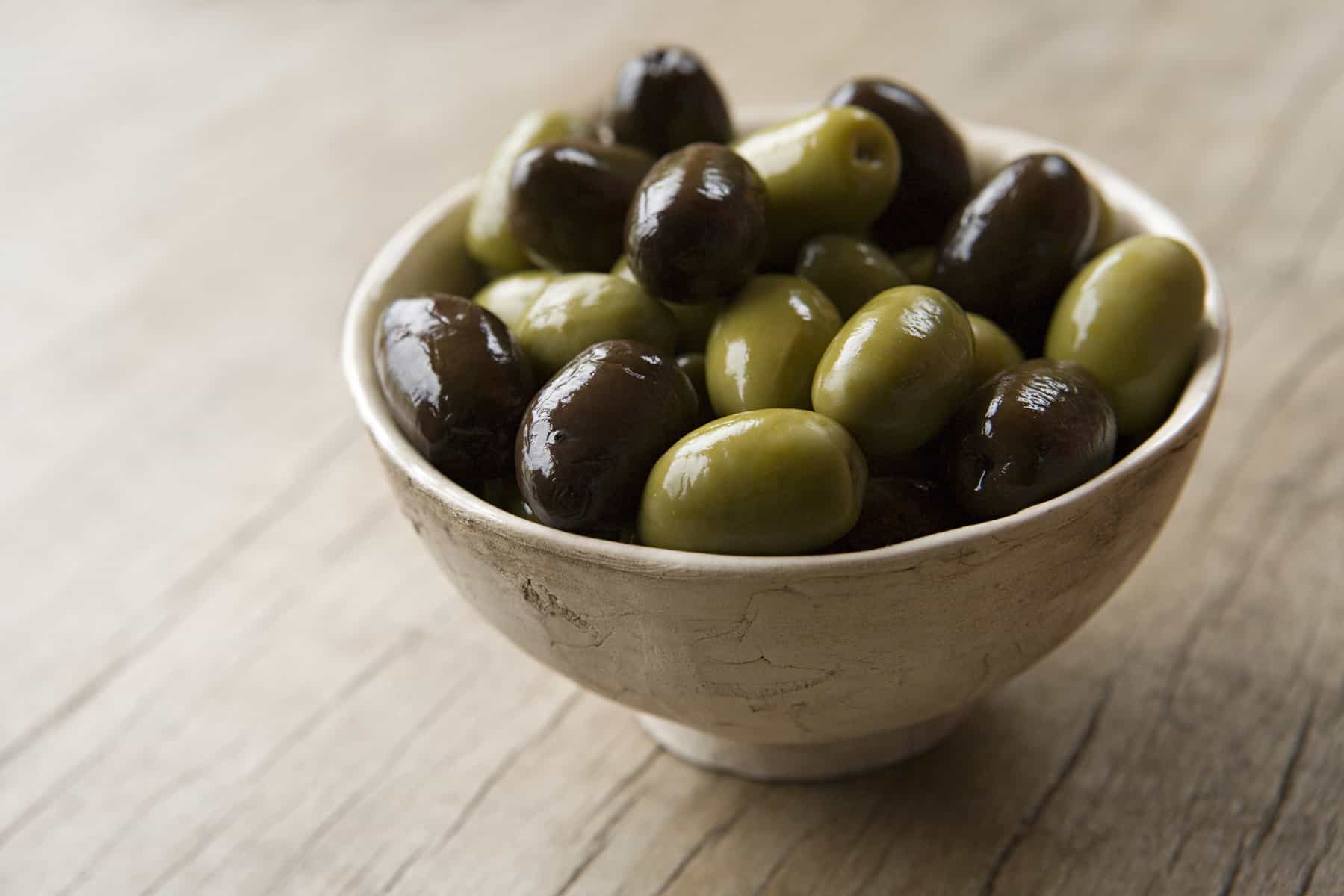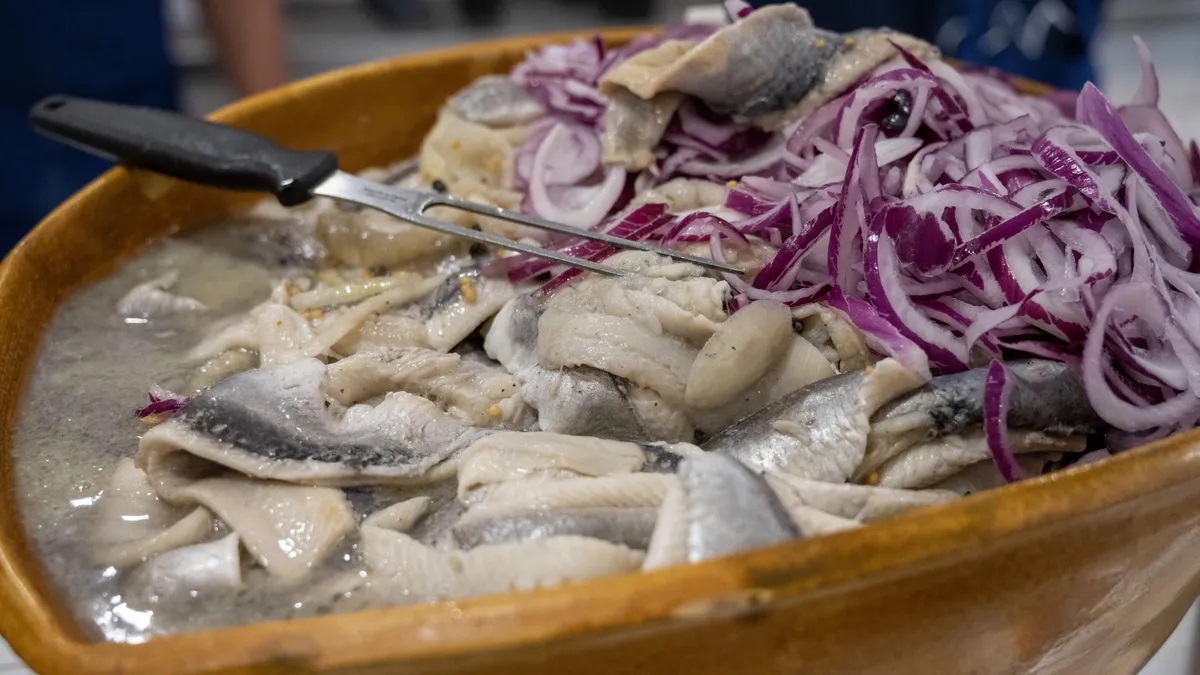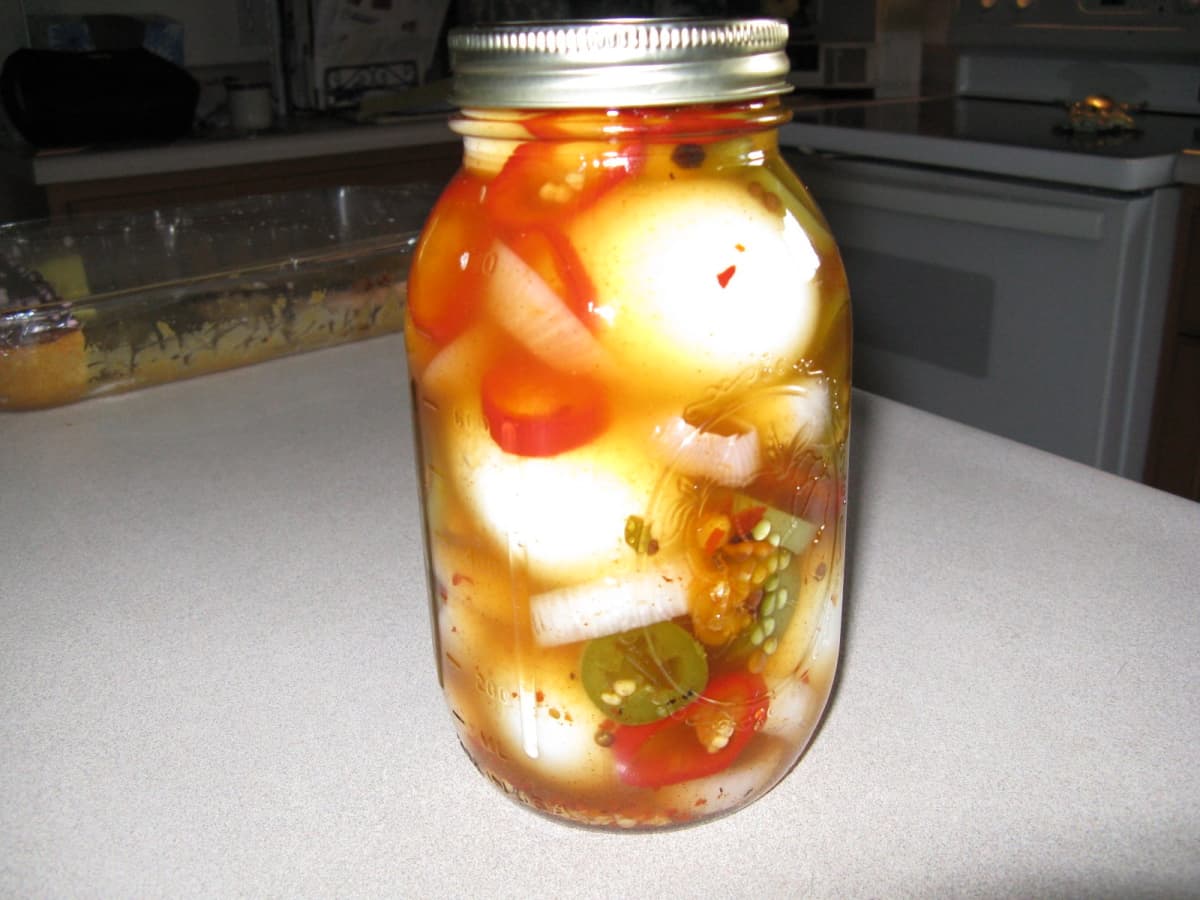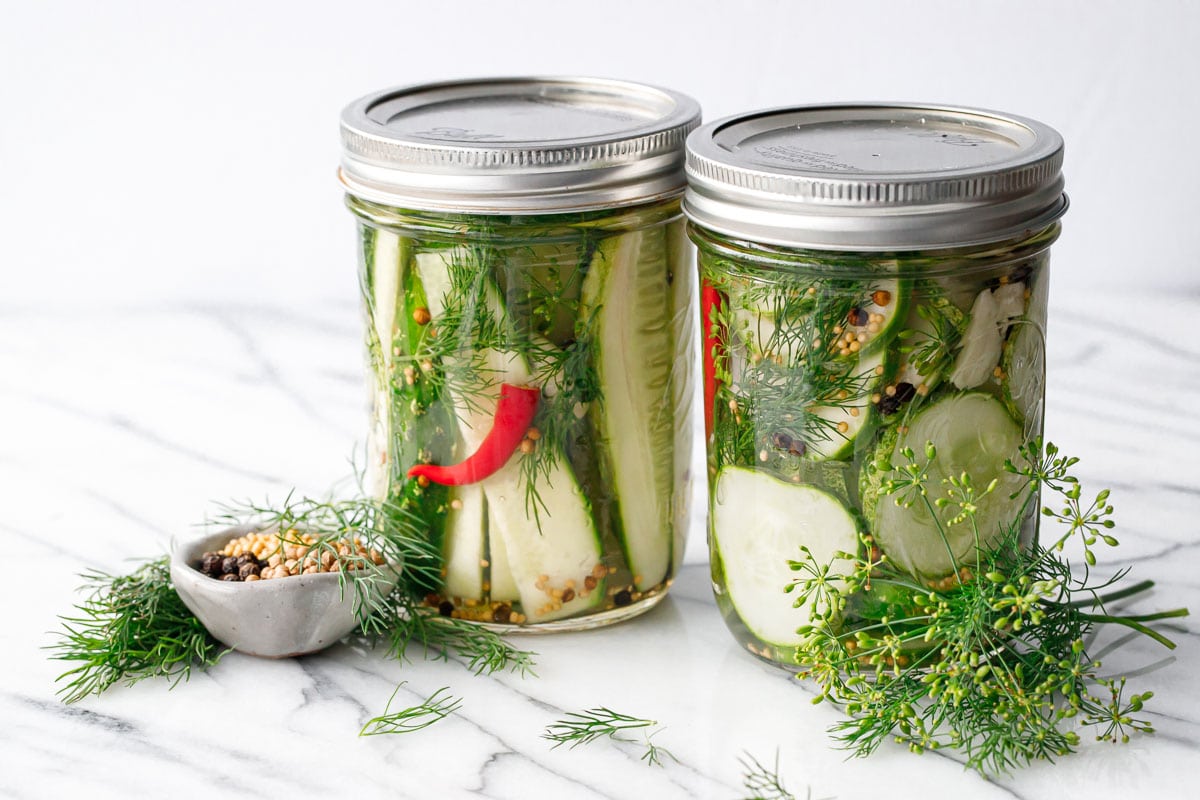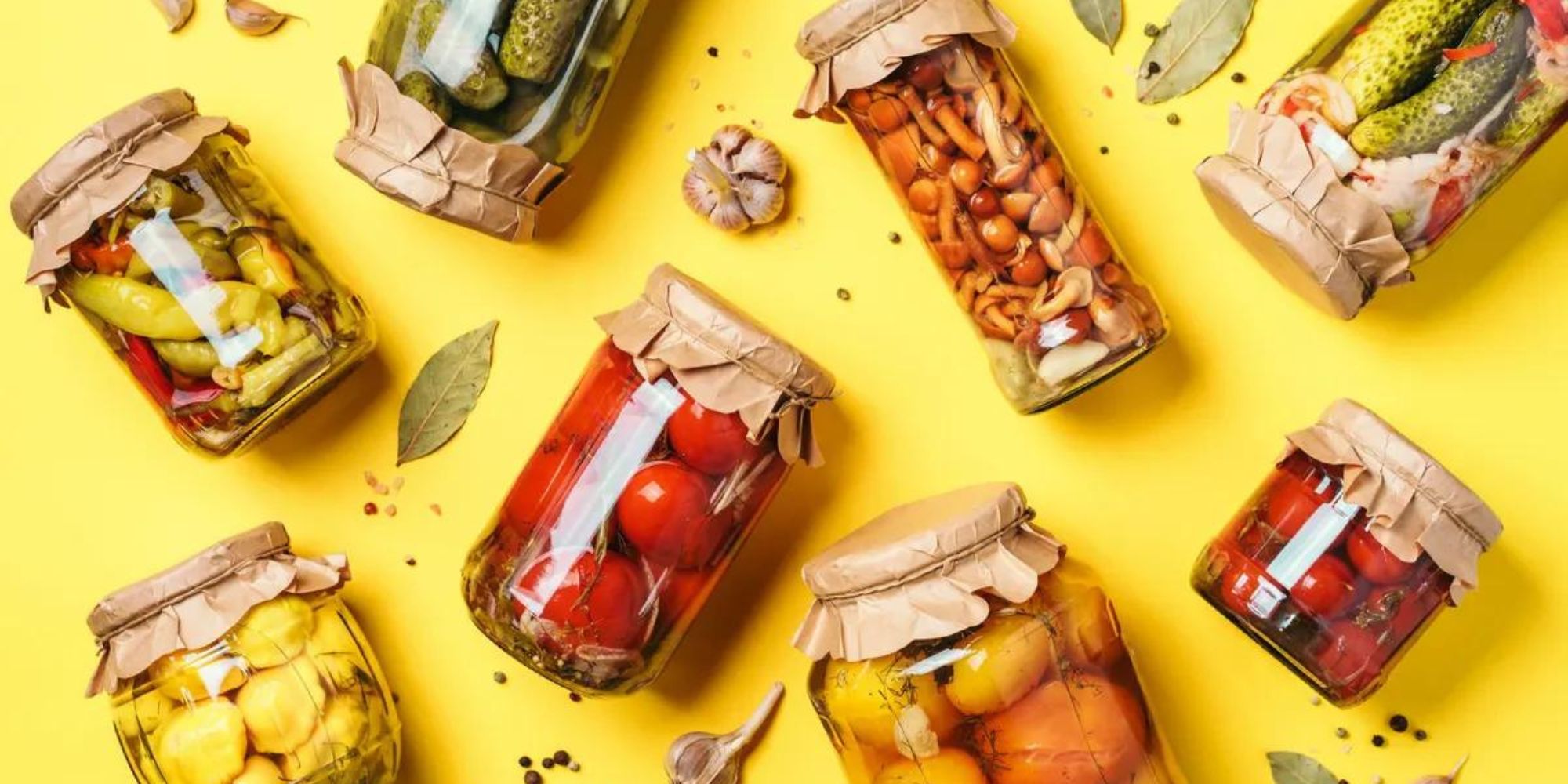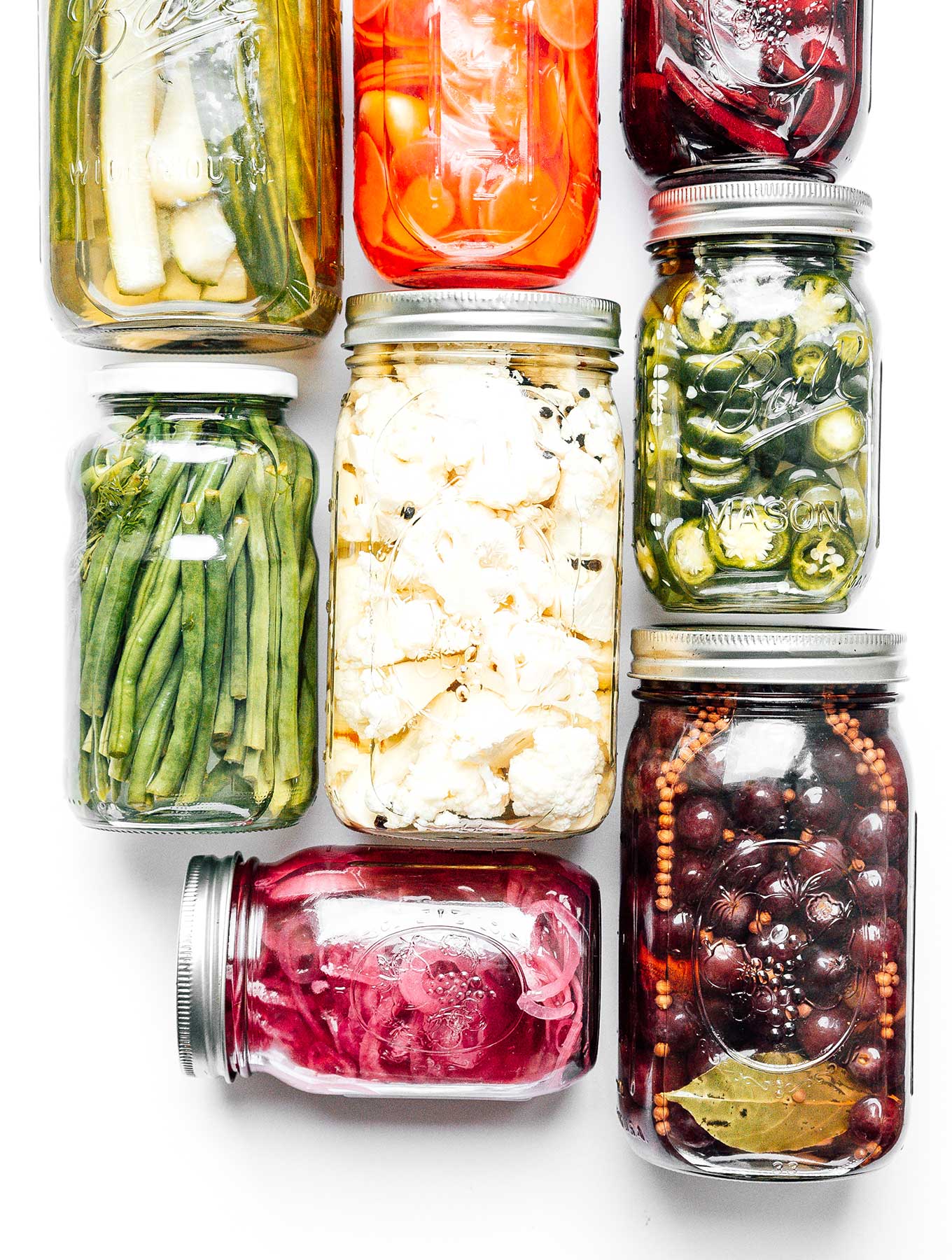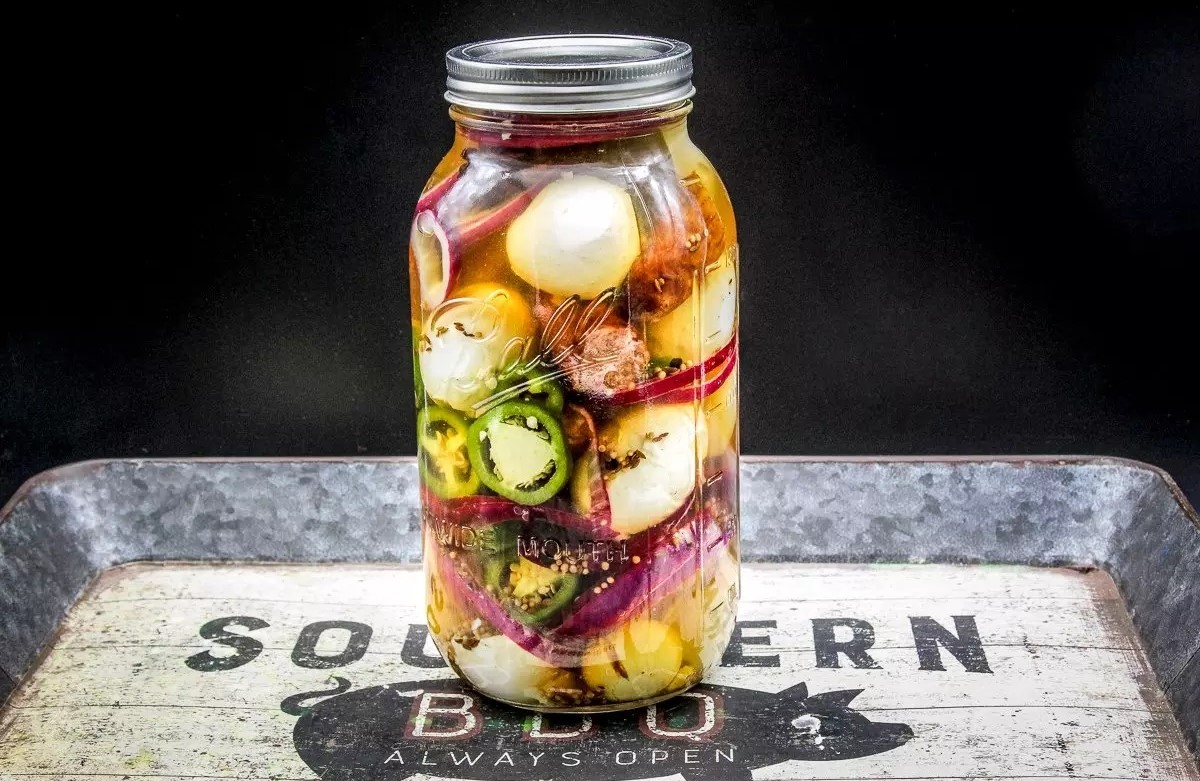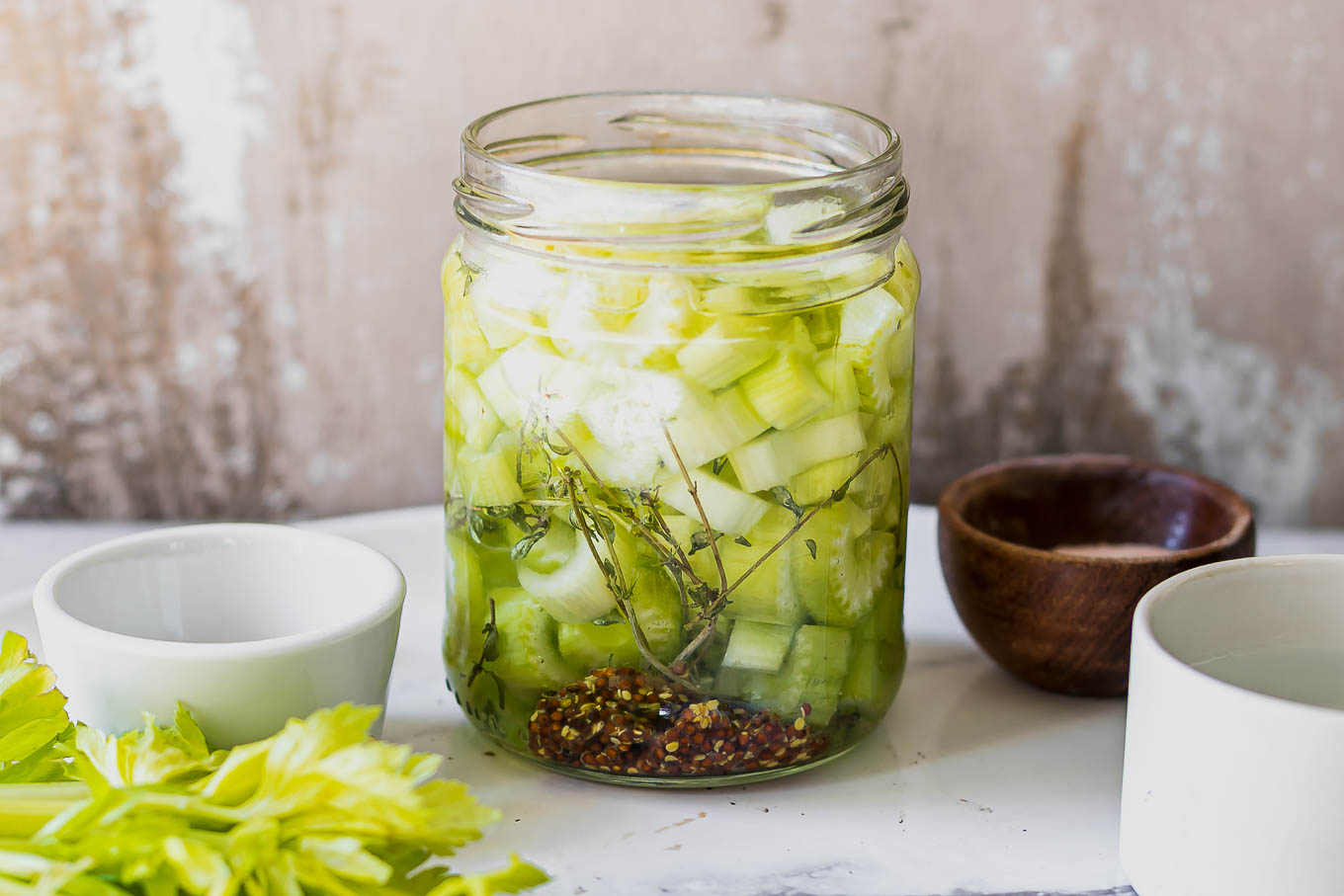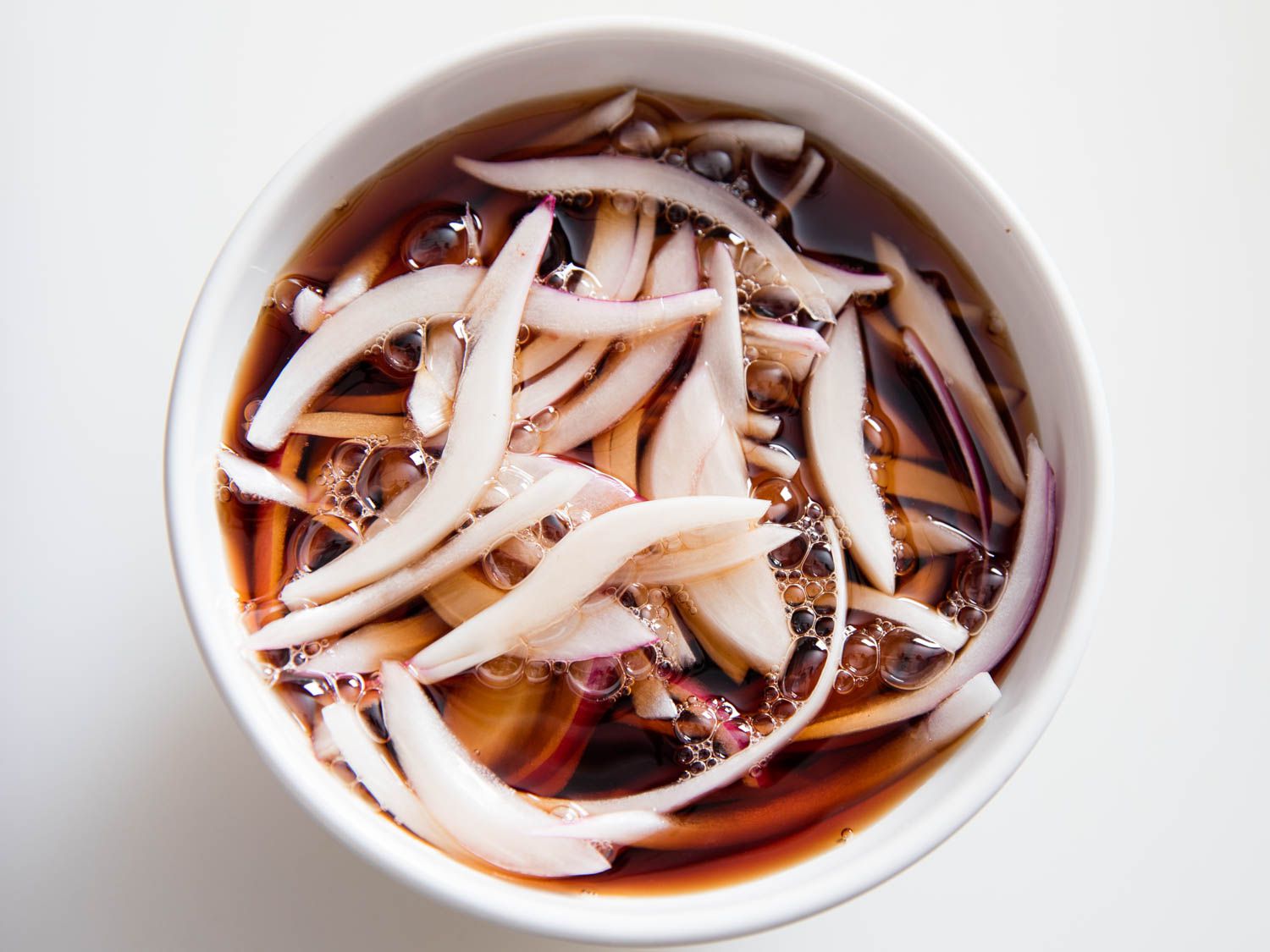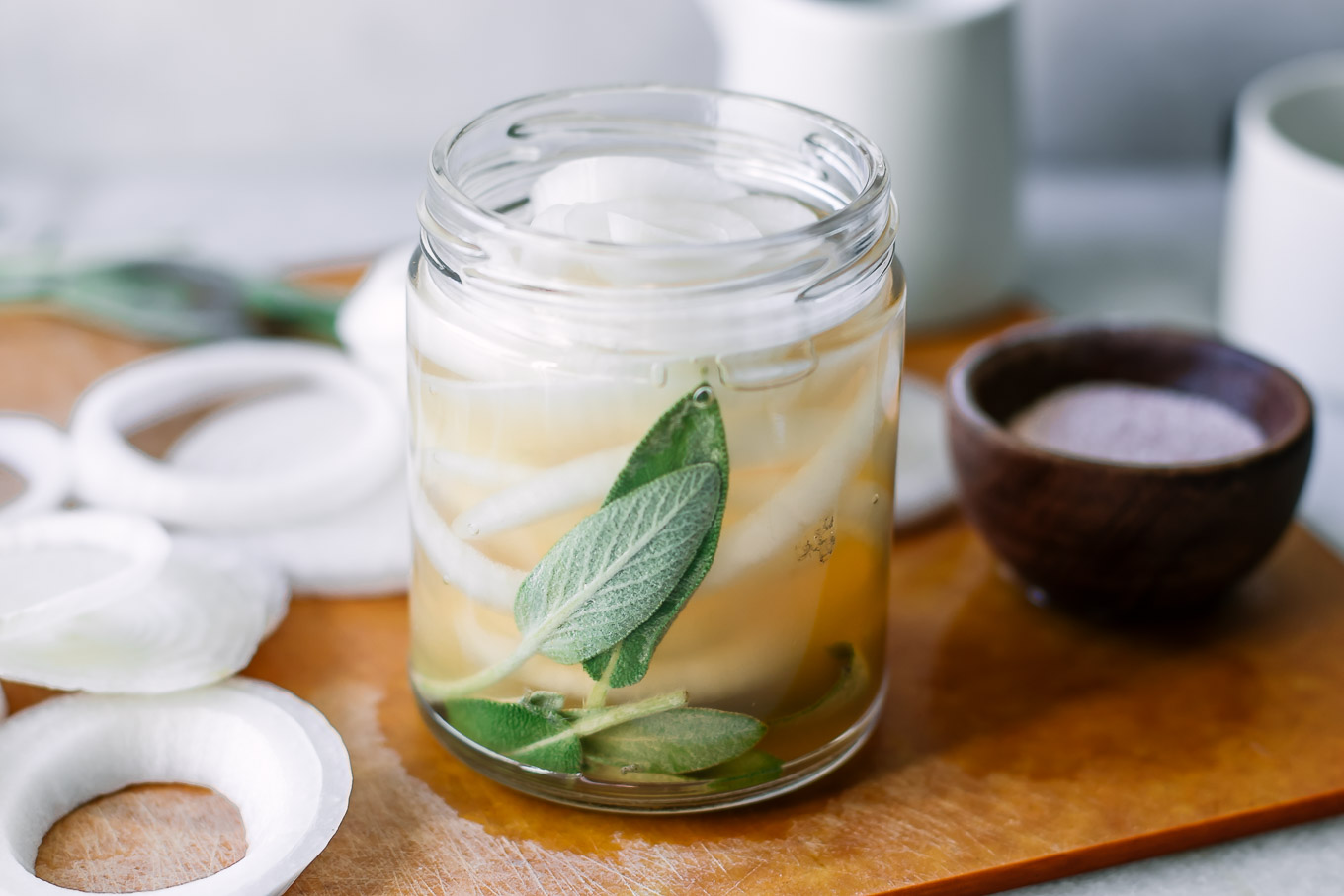Discover the Art of Pickling in Barrels
Are you a fan of tangy, crunchy pickles? Have you ever thought about trying your hand at pickling in barrels? Pickling in barrels is a traditional method that has been used for centuries to preserve and enhance the flavor of fruits and vegetables. In this guide, we’ll explore the art of pickling in barrels and provide you with all the information you need to get started on your own pickling adventure.
Choosing the Right Barrels
When it comes to pickling in barrels, selecting the right vessel is crucial. Here are some important factors to consider when choosing barrels for pickling:
- Material: Opt for food-grade barrels made from materials such as oak, cedar, or stainless steel. These materials are non-reactive and won’t impart any unwanted flavors into your pickles.
- Size: Consider the quantity of pickles you want to produce. Barrels come in various sizes, so choose one that suits your pickling needs.
- Sealability: Ensure that the barrels have tight-fitting lids to create an airtight environment for the pickling process.
Preparing the Brine
The brine is a key component of the pickling process, as it imparts flavor and helps preserve the fruits or vegetables. Here’s a simple recipe for a basic pickling brine:
- Ingredients:
- Water
- Vinegar
- Salt
- Sugar
- Spices (such as dill seeds, mustard seeds, and peppercorns)
- Instructions:
- Combine water, vinegar, salt, and sugar in a pot and bring to a boil.
- Once the mixture is boiling, add your desired spices and let the brine simmer for a few minutes.
- Allow the brine to cool completely before using it to pickle your fruits or vegetables.
The Pickling Process
Now that you have your barrels and brine ready, it’s time to start the pickling process. Here’s a general overview of how to pickle in barrels:
- Prepare the Produce: Wash and cut your fruits or vegetables into the desired shapes and sizes.
- Layering: Place the produce in the barrel, layering them with any additional flavorings such as garlic, dill, or spices.
- Adding the Brine: Pour the cooled brine over the produce, ensuring that they are fully submerged in the liquid.
- Weighting: Place a weighted plate or object on top of the produce to keep them submerged in the brine.
- Sealing: Close the lid of the barrel tightly to create an airtight seal.
- Patience: Allow the pickles to ferment in the barrels for the specified duration, typically several weeks to a few months, depending on the recipe.
Enjoying Your Pickles
After the pickles have finished fermenting, it’s time to savor the fruits of your labor. Once you open the barrel, transfer the pickles to clean, airtight containers and store them in the refrigerator. Homemade pickles can last for several months when properly stored, allowing you to enjoy the delicious, tangy flavors at your leisure.
Now that you’ve learned the basics of pickling in barrels, it’s time to roll up your sleeves and start experimenting with different flavors and ingredients. Whether you prefer classic dill pickles or spicy pickled peppers, the art of pickling in barrels offers endless opportunities for culinary creativity. So, gather your barrels, brine, and produce, and embark on a pickling journey that’s sure to add a delightful crunch to your meals.
Was this page helpful?
Read Next: How To Pickle Kosher Dill Cucumbers
